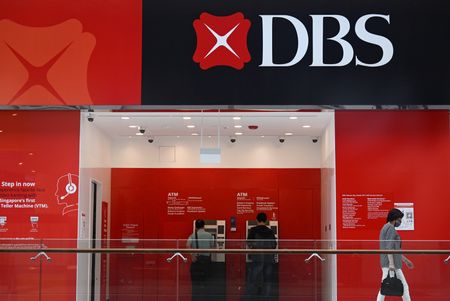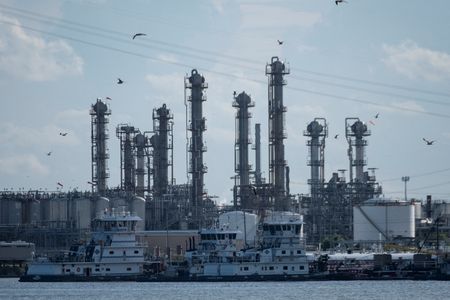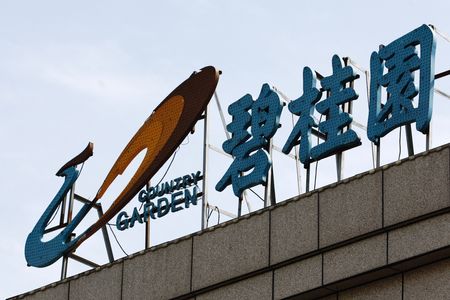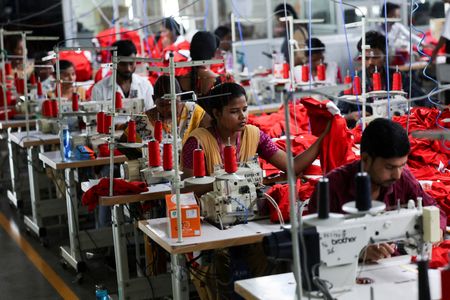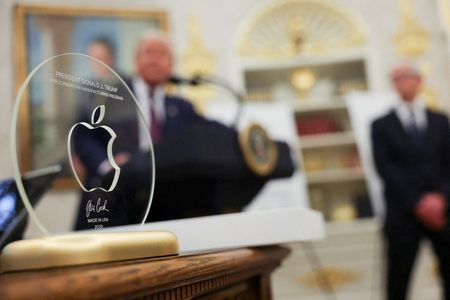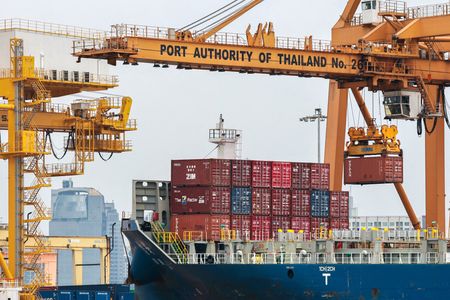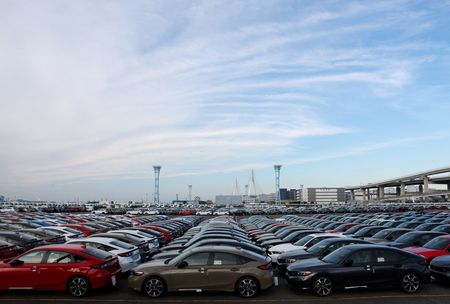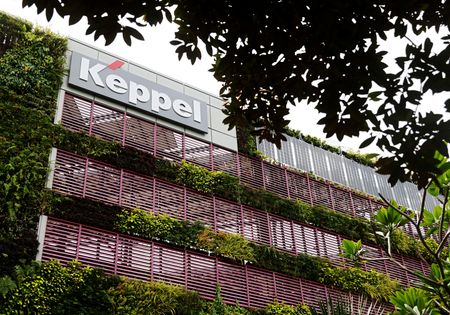By Yantoultra Ngui and Rae Wee
SINGAPORE (Reuters) -Singapore’s DBS, Southeast Asia’s biggest bank by assets, on Thursday reaffirmed its full-year outlook after reporting quarterly profit that beat market expectations, sending its share price to a record high.
DBS attributed the increase to higher total income, though profitability metrics fell slightly, and raised its dividend payout.
The bank fared better than peers Oversea-Chinese Banking Corp and United Overseas Bank, both of which cut their expectations for the full year citing the broader potential impact of U.S. tariffs on Southeast Asia.
The region has been a primary target of U.S. President Donald Trump who has taken aim at Chinese goods passing through. Uncertainty brought about by Trump’s trade war, however, has started to lessen as countries seal trade deals with the U.S.
On Thursday, DBS reaffirmed its overall 2025 outlook, including net interest income slightly above that of 2024, albeit with lower net profit.
“Q2 was marked by uncertainty. Business people don’t like uncertainty,” CEO Tan Su Shan said at an earnings briefing.
“So in Q2 we did see people press the pause button. Q3, I think we will start to see people look at more deals,” said Tan. “We are beginning to see that coming in.”
DBS shares rose 2.4% to a record S$50 following the earnings results. The benchmark Straits Times Index was up 0.82%.
Lifting the stock was an 11% on-year increase in the bank’s ordinary dividend to 60 Singapore cents a share. DBS also issued a capital return dividend of 15 cents, having not declared one at all a year earlier.
DBS reported a 1% on-year rise in April-June net profit at S$2.82 billion ($2.20 billion), beating a S$2.77 billion average of three analyst estimates compiled by LSEG.
However profitability metrics declined. The bank’s net interest margin fell to 2.05% from 2.14% and return on equity fell to 16.7% from 18.2%.
Commercial book net interest income fell 4% amid lower interest rates but was partly offset by strong deposit growth, DBS said.
SECOND-ORDER EFFECTS
Cross-town rival UOB resumed guidance on Thursday having paused in May until it could better assess the impact of U.S. tariffs. It now sees 2025 loan growth in the low single digits rather than the high single digits it expected previously.
It also forecast fee income growth in the high single digits versus its earlier double-digit projection.
Deputy Chairman and CEO Wee Ee Cheong said tariffs’ direct impact on the bank has been minimal. He expressed concern over potential second-order effects such as weaker consumer sentiment and reduced investment activity.
“I think the underlying (fundamentals of Southeast Asia) is still quite strong. The volatility is something that we need to manage,” Wee said at an earnings briefing.
UOB’s shares slipped 1.6%.
Singapore and Southeast Asia’s third-largest lender posted a 6% on-year decline in net profit at S$1.34 billion, missing the S$1.47 billion analyst consensus from LSEG.
The decline, the first since the first quarter of 2024, was brought about mainly by lower net interest income. It declared an interim dividend of 85 cents per ordinary share, down 3.4% from a year earlier.
The banks’ results followed those of compatriot Oversea-Chinese Banking Corp which on Friday reported second-quarter net profit in line with market expectations, but cut its 2025 net interest income view and flagged tariff uncertainty.
Major global lenders including HSBC and Standard Chartered have similarly highlighted macroeconomic risk in earnings reports, underscoring the broader impact of geopolitical trade tension on the financial sector.
($1 = 1.2847 Singapore dollars)
(Reporting by Yantoultra Ngui; Editing by Jamie Freed and Christopher Cushing)

